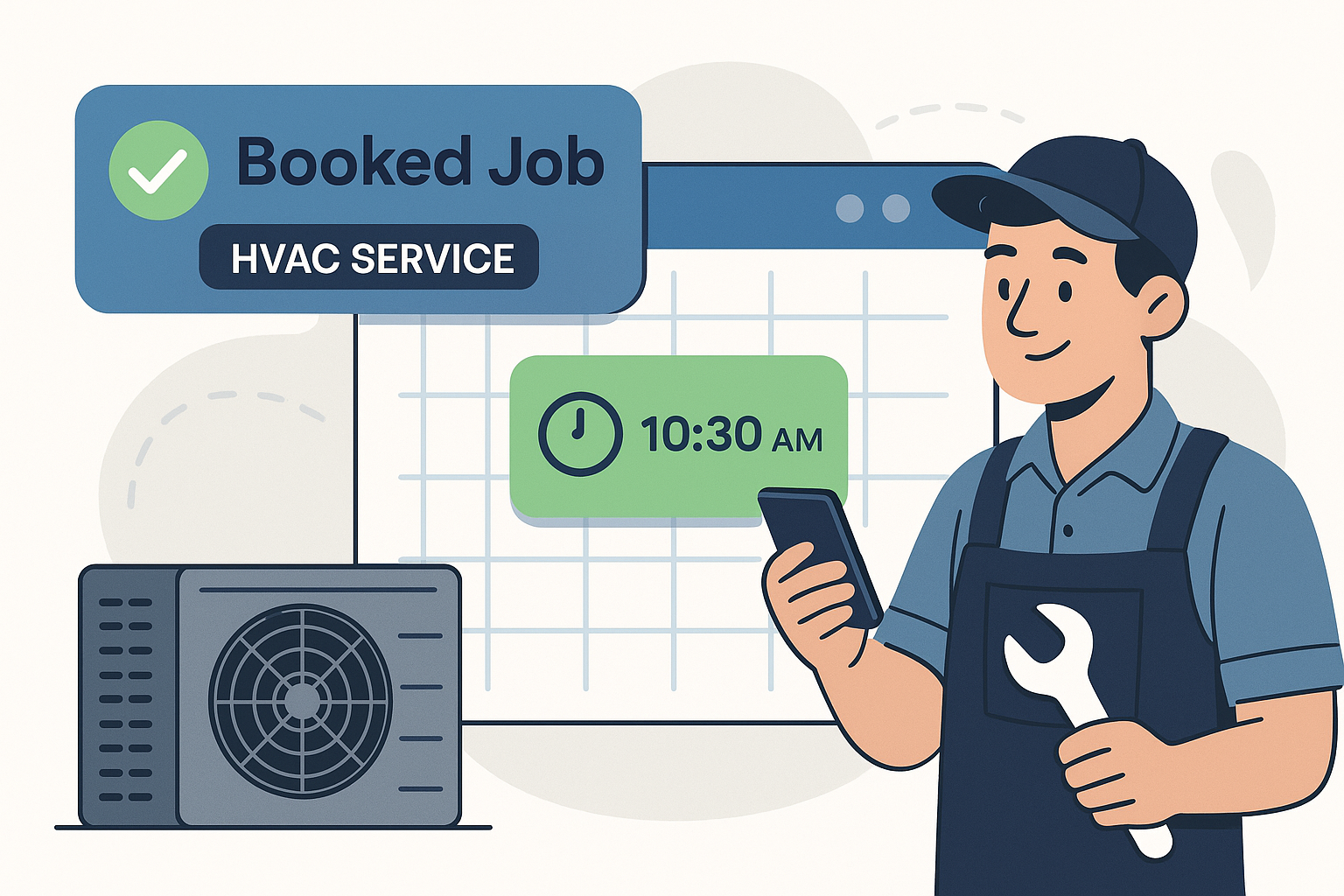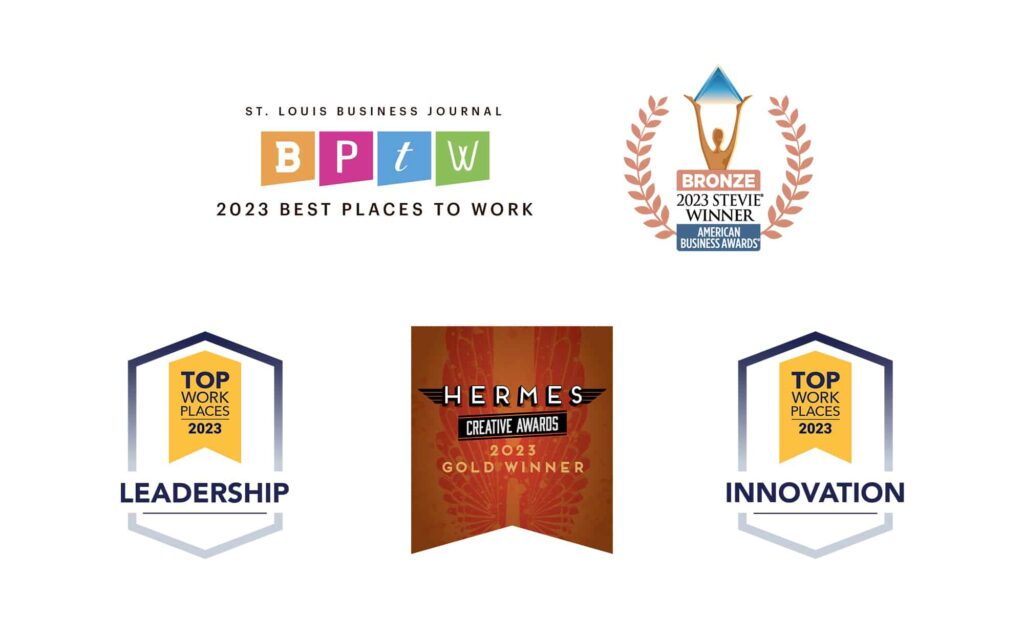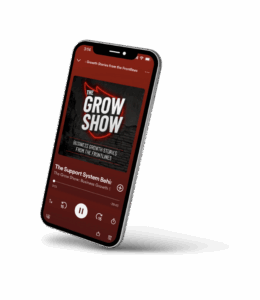In today’s digital-first world, a compelling online presence is not just an option for small businesses—it’s a necessity. Your website often serves as the first impression potential customers have of your brand. But how much should you realistically expect to invest in a web design package that delivers results without breaking the bank? This question is more complex than it seems, involving a balance between quality, functionality, and budget.
This comprehensive guide dives deep into the costs associated with web design packages tailored for small businesses. It breaks down pricing structures, essential features, and hidden expenses, empowering you to make an informed decision that aligns with your business goals.
Contents
- 1 Understanding the Components of a Web Design Package
- 2 Factors Influencing the Cost of Web Design Packages
- 3 Typical Price Ranges for Small Business Web Design Packages
- 4 Hidden Costs and Additional Expenses to Consider
- 5 Maximizing Your Investment: Tips for Choosing the Right Web Design Package
- 6 The Bottom Line: Investing Wisely in Your Small Business Website
- 7 Ready to Elevate Your Small Business’s Online Presence?
Understanding the Components of a Web Design Package
Before discussing costs, it’s crucial to understand what a web design package typically includes. Packages vary widely, but most encompass a combination of design, development, and sometimes additional services like SEO or content creation.

Core Elements of Web Design
At its foundation, a web design package usually covers:
- Custom Design: Tailored visual aesthetics that reflect your brand identity.
- Responsive Layout: Ensuring your site looks great on desktops, tablets, and smartphones.
- Content Management System (CMS): Platforms like WordPress or Shopify that allow you to update content easily.
- Basic SEO Setup: On-page optimization to help your site rank in search engines.
- Contact Forms and Calls to Action: Tools that encourage visitor engagement and lead generation.
Understanding these components helps clarify what you’re paying for and sets realistic expectations. A well-designed website not only serves as a digital storefront but also as a vital communication tool with your audience. The importance of a cohesive design that aligns with your branding cannot be overstated; it builds trust and encourages visitors to explore further. Moreover, a responsive layout is essential in today’s mobile-first world, where a significant portion of web traffic originates from smartphones and tablets. This adaptability ensures that no matter the device, your site remains user-friendly and visually appealing.
Additional Services Often Included
Many web design packages also offer add-ons that can significantly impact the final cost:
- Copywriting: Professional content creation to enhance messaging and SEO.
- Advanced SEO: Keyword research, backlink strategies, and ongoing optimization.
- E-commerce Integration: Shopping cart setup, payment gateways, and product pages.
- Maintenance and Support: Regular updates, security patches, and troubleshooting.
- Analytics and Reporting: Tracking website performance and user behavior.
Choosing which extras you need depends on your business model and marketing strategy. For instance, if you’re running an online store, e-commerce integration becomes a critical component, allowing you to manage inventory and process transactions seamlessly. Additionally, robust analytics and reporting tools can provide valuable insights into user behavior, helping you make informed decisions to optimize your site further. Furthermore, ongoing maintenance and support are vital for keeping your website secure and up-to-date, ensuring that it continues to perform well in an ever-evolving digital landscape. Investing in these additional services can yield significant returns, as they enhance user experience and improve your site’s visibility in search engines.
Factors Influencing the Cost of Web Design Packages
Web design pricing isn’t one-size-fits-all. Several factors influence how much you’ll pay, and understanding these can help you budget effectively.
Scope and Complexity of the Website
The size and complexity of your site are primary cost drivers. A simple, informational website with a few pages will cost significantly less than a feature-rich e-commerce platform with hundreds of products.
For example, a basic 5-page website designed for a local coffee shop might range from $1,000 to $3,000, while a fully integrated online store with custom features could easily exceed $10,000. Additionally, the inclusion of advanced functionalities such as user accounts, payment gateways, and inventory management systems can further escalate costs. As businesses grow, they may also require scalability in their web design, necessitating a more robust infrastructure that can handle increased traffic and transactions.
Design Customization vs. Templates
Custom-designed websites crafted from scratch require more time and skill, thus increasing costs. In contrast, template-based designs—often built on platforms like Wix or Squarespace—are more affordable but may limit uniqueness and scalability.
Small businesses prioritizing brand differentiation usually benefit from custom designs, while startups with tight budgets might opt for templates to get online quickly. However, it’s essential to consider the long-term implications of these choices; a custom design can enhance user experience and brand identity, potentially leading to higher customer retention and conversion rates. On the other hand, templates might restrict your ability to adapt as your business evolves, making it harder to implement new features or adjust to changing market demands.
Technology and Platform Choices
The platform you choose affects both initial costs and long-term expenses. WordPress, Shopify, Wix, and Squarespace each have different pricing models, hosting fees, and plugin costs.
For instance, Shopify charges monthly fees starting around $29, plus transaction fees, while WordPress itself is free but requires separate hosting and premium plugins for advanced functionality. Furthermore, the choice of technology can impact your website’s performance and SEO capabilities. For example, a site built on a robust framework like WordPress can be optimized for search engines more effectively than those on simpler platforms, potentially leading to better visibility and traffic over time.
Geographic Location of Your Web Designer
Where your web designer or agency is based can influence pricing due to varying labor costs worldwide. Hiring a freelancer from a region with a lower cost of living might save money but could introduce communication or quality risks.
Many small businesses find a balance by working with reputable agencies or freelancers in their country or region to ensure quality and ease of collaboration. Additionally, understanding cultural differences and time zone challenges can play a crucial role in the project’s success. For instance, a designer familiar with local market trends and consumer behavior can create a more effective website tailored to your target audience.
Ongoing Maintenance and Support
Websites require regular updates, security monitoring, and occasional tweaks. Some packages include maintenance for a set period, while others charge monthly fees.
Neglecting maintenance can lead to security vulnerabilities and outdated content, impacting your brand reputation and SEO rankings. Moreover, as technology evolves, your website may need updates to remain compatible with new devices and browsers, which can incur additional costs. Investing in ongoing support can also provide peace of mind, knowing that your website is in good hands and that you can focus on running your business while experts handle the technical aspects.
Typical Price Ranges for Small Business Web Design Packages
To provide clarity, here’s a breakdown of typical price ranges you can expect based on the type of web design package.
Basic Website Packages ($500 – $3,000)
These packages are ideal for small businesses needing a simple, professional online presence. They usually include:
- Up to 5 pages (Home, About, Services, Contact, Blog)
- Responsive design
- Basic SEO setup
- Contact forms
Many freelancers and small agencies offer these packages. While affordable, they might lack advanced features or custom branding elements. However, they serve as a great starting point for businesses that are just beginning to establish their online footprint. With a basic package, small business owners can effectively communicate their services and values, making it easier for potential customers to reach out. Additionally, these packages often come with user-friendly content management systems, allowing business owners to easily update their site without needing extensive technical knowledge.
Standard Website Packages ($3,000 – $7,000)
These packages suit businesses looking for more customization and functionality. Features often include:
- Custom design tailored to brand identity
- CMS integration (WordPress, Squarespace)
- SEO optimization and keyword research
- Blog setup or content creation
- Basic e-commerce capabilities (up to 50 products)
Small businesses aiming for growth and a stronger online presence often find value in this range. With a standard package, businesses can create a unique online identity that resonates with their target audience. The inclusion of CMS integration means that owners can easily manage their content, allowing for regular updates and engagement with their customers. Moreover, the added SEO optimization helps improve visibility in search engine results, which can be crucial for attracting new clients. This package often serves as a bridge for businesses transitioning from a basic online presence to a more robust digital strategy.
Advanced Website Packages ($7,000 – $15,000+)
These comprehensive packages cater to businesses requiring complex functionality, such as:
- Custom-built e-commerce platforms with extensive product catalogs
- Advanced SEO and digital marketing integration
- Third-party system integrations (CRM, ERP)
- Ongoing maintenance and support contracts
- High-level analytics and conversion tracking
While the investment is significant, these packages deliver scalable solutions designed to drive revenue and customer engagement. Businesses in this range often benefit from tailored solutions that not only enhance user experience but also streamline operations through integrations with existing systems. For instance, a custom-built e-commerce platform can provide a seamless shopping experience for customers, while advanced analytics tools allow businesses to monitor user behavior and adjust strategies accordingly. Furthermore, ongoing maintenance and support ensure that the website remains up-to-date with the latest technologies and security measures, giving business owners peace of mind as they focus on growth and customer satisfaction.
Hidden Costs and Additional Expenses to Consider
Beyond the sticker price of a web design package, small business owners should be aware of potential hidden costs that can add up quickly.
Domain Registration and Hosting Fees
Owning a domain name typically costs between $10 and $50 per year, depending on the registrar and domain extension. Hosting fees vary widely:
- Shared hosting: $3 – $15 per month
- Managed WordPress hosting: $20 – $100+ per month
- Dedicated servers or cloud hosting: $80+ per month
Some web design packages include hosting for a limited time, but it’s important to clarify ongoing costs. Additionally, consider the potential for price increases after the initial term, as many providers offer discounted rates for the first year. Furthermore, if your business grows and requires more bandwidth or storage, you may need to upgrade your hosting plan, which can lead to unexpected expenses.
Premium Plugins and Software Licenses
Many websites rely on third-party plugins for enhanced functionality, such as SEO tools, security, or e-commerce features. While some plugins are free, premium versions can cost $50 to $200 annually.
Budgeting for these ensures your website remains secure, fast, and feature-rich. It’s also worth noting that some plugins require regular updates or additional fees for support, which can further strain your budget. As your business evolves, you may find that new tools or features become necessary, leading to additional purchases that can quickly add up.
Content Creation and Photography
High-quality content and professional images elevate your website’s credibility. Hiring copywriters or photographers can cost anywhere from $500 to several thousand dollars, depending on scope.
Alternatively, stock photos and DIY content can reduce costs but might not offer the same impact. Investing in a professional photographer can yield stunning visuals that resonate with your audience, while well-crafted copy can improve engagement and conversion rates. Remember, the initial investment in quality content can lead to higher returns in the long run, as it helps establish your brand’s voice and identity.
Ongoing Maintenance and Updates
Post-launch, websites require updates to software, security patches, and content refreshes. Maintenance plans typically range from $50 to $300 per month depending on service level.
Ignoring maintenance can lead to downtime and security breaches, which are far costlier in the long run. Additionally, regular updates are crucial for keeping your website compatible with new technologies and devices. As web standards evolve, you may need to invest in redesigns or enhancements to ensure your site remains user-friendly and visually appealing. This ongoing commitment not only protects your investment but also helps maintain your competitive edge in an ever-changing digital landscape.
Maximizing Your Investment: Tips for Choosing the Right Web Design Package
Investing in a website is a strategic decision. Here are actionable tips to ensure you get the most value for your money.
Define Your Business Goals Clearly
Before engaging a designer, outline what you want your website to achieve. Is it lead generation, online sales, brand awareness, or customer support? Clear goals help tailor the package to your needs and avoid paying for unnecessary features. For instance, if your primary aim is to generate leads, consider incorporating features like contact forms, chatbots, or integrated CRM systems that facilitate customer engagement. Understanding your objectives not only streamlines the design process but also ensures that every element of your site serves a purpose, ultimately leading to a higher return on investment.
Request Detailed Proposals and Compare Offers
Don’t settle for the first quote. Ask for detailed proposals that break down costs, timelines, and deliverables. Comparing multiple offers gives insight into market rates and helps identify the best fit. Additionally, consider the level of post-launch support included in each proposal. Some designers may offer ongoing maintenance or SEO services, which can be invaluable as you navigate the complexities of keeping your site up-to-date and competitive. This thorough evaluation will empower you to make an informed decision that aligns with both your budget and your long-term vision.
Prioritize User Experience and Mobile Optimization
With over 60% of web traffic coming from mobile devices, a mobile-friendly design is non-negotiable. Ensure your package includes responsive design and fast loading times to enhance user experience and SEO performance. Furthermore, think about accessibility features that cater to all users, including those with disabilities. Implementing alt text for images, keyboard navigation, and color contrast considerations can significantly broaden your audience and improve overall satisfaction. Investing in user experience not only fosters customer loyalty but also encourages repeat visits, which is crucial for sustained growth.
Check Portfolios and Client Reviews
Review past projects and testimonials to gauge the quality and reliability of your designer or agency. A strong portfolio aligned with your industry is a positive indicator. Look for case studies that highlight challenges faced and solutions implemented, as these can provide deeper insights into the designer’s problem-solving abilities. Additionally, don’t hesitate to reach out to previous clients for firsthand feedback about their experiences. This due diligence can reveal important information about communication styles, adherence to deadlines, and overall satisfaction, helping you make a more confident choice.
Plan for Scalability
Your business will grow, and so should your website. Choose a package that allows easy updates, additional pages, or new features without requiring a complete redesign. Consider the potential for integrating e-commerce capabilities, membership areas, or content management systems that can evolve with your business needs. Also, think about the technical aspects, such as hosting solutions and content delivery networks, that can support increased traffic as your brand expands. By planning for scalability from the outset, you can save time and resources in the long run, ensuring your website remains an asset as your business landscape changes.
The Bottom Line: Investing Wisely in Your Small Business Website
There’s no one-size-fits-all answer to how much you should spend on a web design package for your small business. However, understanding the components, typical price ranges, and hidden costs equips you to make a confident, results-driven decision.
Remember, your website is an investment in your brand’s future. Skimping on quality can cost you customers and credibility, while overspending without clear goals can drain resources. Aim for a balanced approach that prioritizes functionality, user experience, and scalability.
Ultimately, a thoughtfully designed website tailored to your business needs can become your most powerful marketing asset—driving growth, engagement, and long-term success.
Ready to Elevate Your Small Business’s Online Presence?
Choosing the right web design package is crucial, but it’s just the beginning. At Abstrakt Marketing Group, we understand the power of a strong digital footprint combined with effective lead generation. Let us help you not only build a stunning website but also fill it with high-quality leads that can propel your business to new heights. Learn More about how our expertise in B2B lead generation can complement your new web design and contribute to your business’s growth and success.
- Madison Hendrixhttps://www.abstraktmg.com/author/mhendrixabstraktmg-com/
- Madison Hendrixhttps://www.abstraktmg.com/author/mhendrixabstraktmg-com/
- Madison Hendrixhttps://www.abstraktmg.com/author/mhendrixabstraktmg-com/
- Madison Hendrixhttps://www.abstraktmg.com/author/mhendrixabstraktmg-com/







